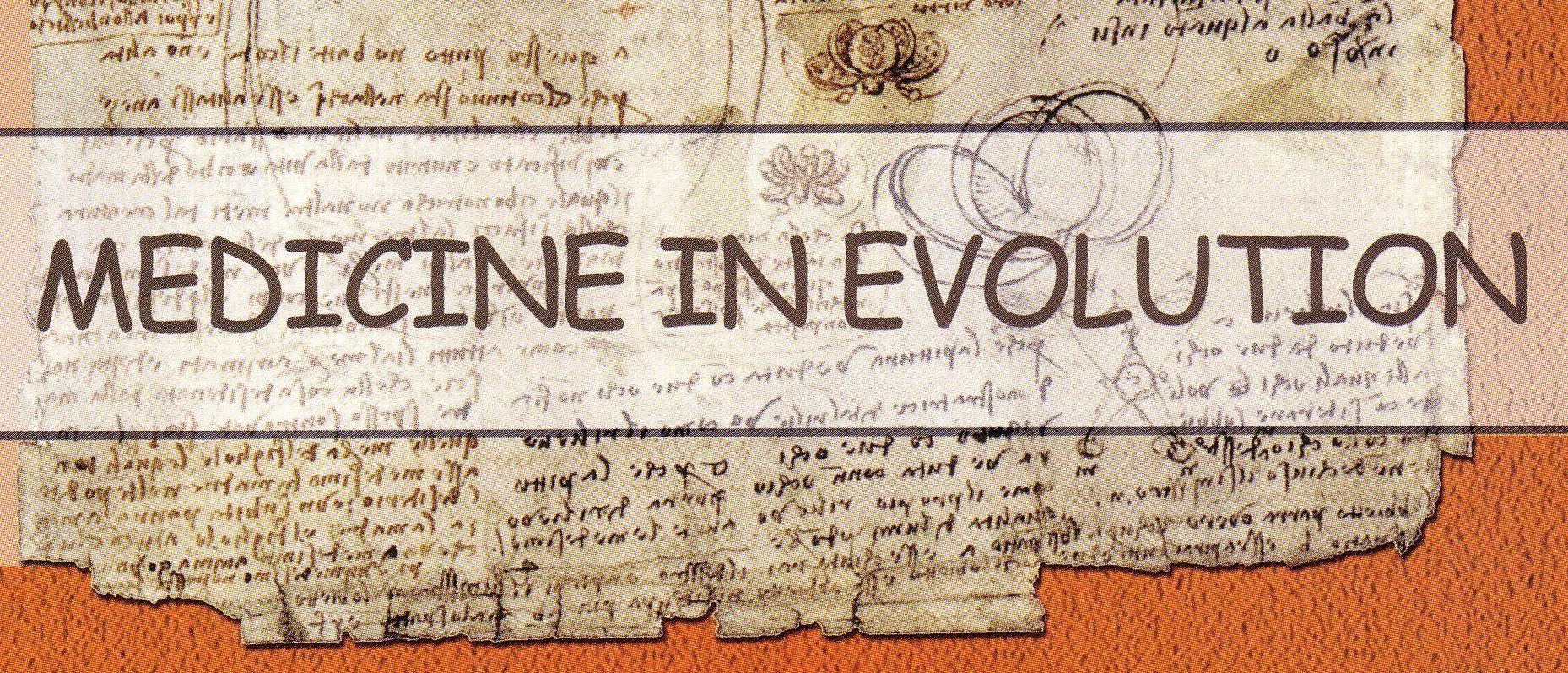|
Medicine in evolution
|
- Abstract - Chronic myeloid leukemia (CML) is a myeloproliferative disorder, characterized by a specific chromosomal aberration, the Philadelphia [Ph] chromosome. The Ph chromosome is the result of a reciprocal translocation between the long arms of chromosomes 9 and 22, t (9; 22) (q34; q11). The molecular consequence of this translocation is a novel fusion gene, BCR-ABL, which encodes a constitutively active tyrosine kinase, implicated in pathophysiology and development of CML [1, 2]. Imatinib mesylate currently the golden standard for front line treatment of CML is a selective inhibitor of the BCR-ABL tyrosine kinase activity. Responses to imatinib occur at hematologic, cytogenetic and molecular levels. IM therapy now allows the majority of patients with CML to reach CCyR - a confirmed good prognostic indicator [3]. In different studies, 87% of patients in chronic, 17% of patients in accelerated, and 7% of patients in blast phases reached the important clinical aim of Ph negativity [3-5]. Once a patient has achieved CCyR, monitoring of residual cells is usually performed by estimating the BCR-ABL transcripts on a molecular level using quantitative real-time polymerase chain reaction (QRT-PCR). A 2-log reduction in BCR-ABL transcripts correlates with Ph negativity in CCyR. Patients achieving a 3-log reduction in BCR-ABL transcripts are defined as having a major molecular response (MMR), a surrogate marker closely correlating with the probability of disease free survival [8]. Patients failing to achieve this 3-log response, at any time during therapy, had significantly shorter progression-free survival [6]. After a 5 to 6 log reduction, BCR-ABL transcripts can no longer be detected by QRT-PCR and patients are designated as having complete molecular response (CMR). But even with the most sensitive QRT-PCR assay, CMR is consistent with the persistence in the patientís body of up to 106 or 107 leukemic cells [7]. Due to the proliferation of such residual cells a significant fraction of those patients who have responded on a deep molecular level, lose this response and progress to advanced phase disease. The clinical advantage of the extremely sensitive method of QRT-PCR is to be alerted by rising transcript levels at a very early time point, usually weeks or even months before the onset of clinical symptoms, allowing early therapeutic intervention with a beneficial impact on survival.
Webmaster: Creanga Madalina |
|---|---|
